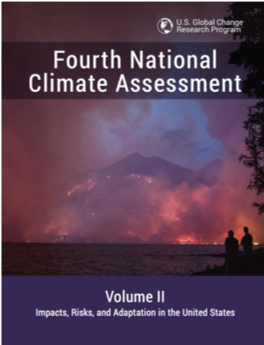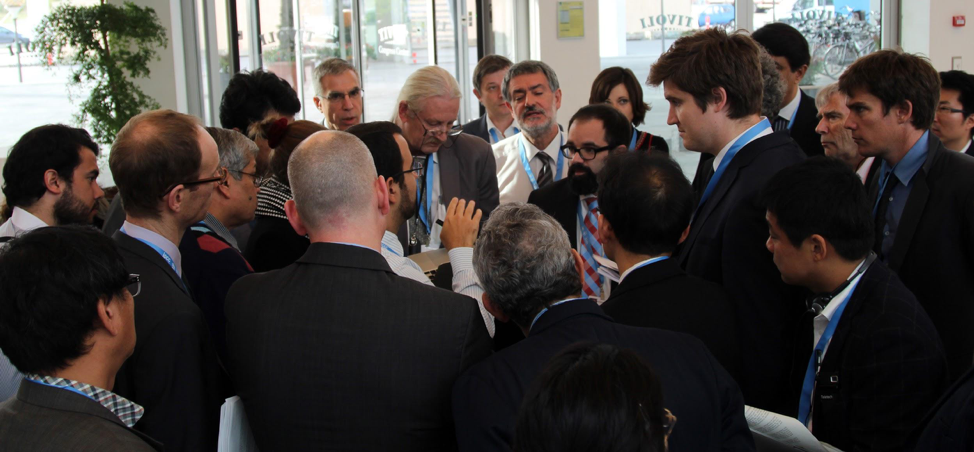January 31, 2019
Meet Them Where They Are
Posted by elandau
David Reidmiller is the director of the National Climate Assessment and previously led much of the U.S. government’s engagement in the Intergovernmental Panel on Climate Change while at the State Department. He writes this in his personal capacity; the contents herein do not necessarily represent the views of the federal government.
When working at the intersection of science and policy, scientists can find themselves shifting from the familiar–straightforward communication of the state of knowledge on a chosen topic–to translating their science for different audiences, many of whom come to the table with different levels of understanding, different capacities to act on information, and importantly, different values.
Policy-neutral, policy-relevant science is an indispensable part of decision making. As scientists, we have an opportunity to discuss our work in terms of what our different audiences care about and to communicate our findings in ways that speak to what matters most for their lives or those of their constituents. Climate science, in particular, can benefit from this sort of framing, as the subject often seems distant in both time and space. Enormous strides have been made in the past few years towards framing climate science assessments around key societal risks, including the characterization of specific risks relevant to planning and decision-making processes. My understanding of how scientists can engage constructively in this process has been informed by my support of major climate science assessment reports developed by the U.S. Global Change Research Program (USGCRP) and the Intergovernmental Panel on Climate Change (IPCC).

Volume Two of the Fourth National Climate Assessment (Impacts, Risks, and Adaptation in the United States) can be accessed at: nca2018.globalchange.gov.
For USGCRP’s Fourth National Climate Assessment (NCA4), this meant talking with regional stakeholders to identify what they value–outdoor recreation in the Northwest, freshwater resources in the Southwest, or agricultural communities in the Midwest, for example–and how those things are at risk from climate change. Digging into the report’s chapters, readers can find climate impacts, actions to reduce those impacts, and stories that resonate with their own experiences and communities. NCA4 covers risks felt today and those projected into the future–including social and cultural consequences that are harder to quantify–as well as risk management options being adopted by communities across the country.
In the context of the IPCC, experts representing diverse perspectives from around the world work for years to draft a full technical report as well as a plain-language synthesis intended to support policy making. Government representatives from nearly 200 countries, each possessing a complex understanding of their nation’s values and domestic and international concerns, convene for an intense, week-long review of this synthesis, negotiating consensus language line-by-line. The end product, the Summary for Policymakers, can then be brought home to inform their country’s climate policy decisions using language more comprehensible to a non-technical audience.

The author negotiates text of the Summary for Policymakers to the Synthesis Report of the IPCC’s Fifth Assessment Report with many other government delegates in Copenhagen in October 2014. (Photo by IISD/ENB | ENB per IISD/ENB guidance)
Framing scientific messages around risks to things that decision makers care about can help bridge the gap between communicating scientific evidence and informing response actions. In the years to come–whether it be in the context of reviewing the contributions to the IPCC’s Sixth Assessment Report cycle or developing the Fifth National Climate Assessment–we all have an opportunity to more effectively engage as technical experts in policy and decision-making processes that address climate-related risks.

